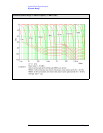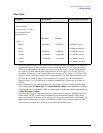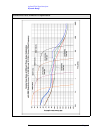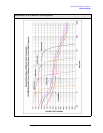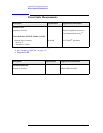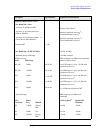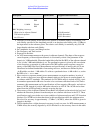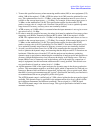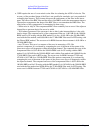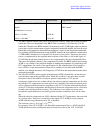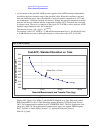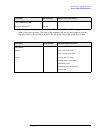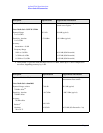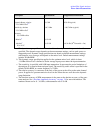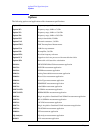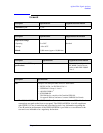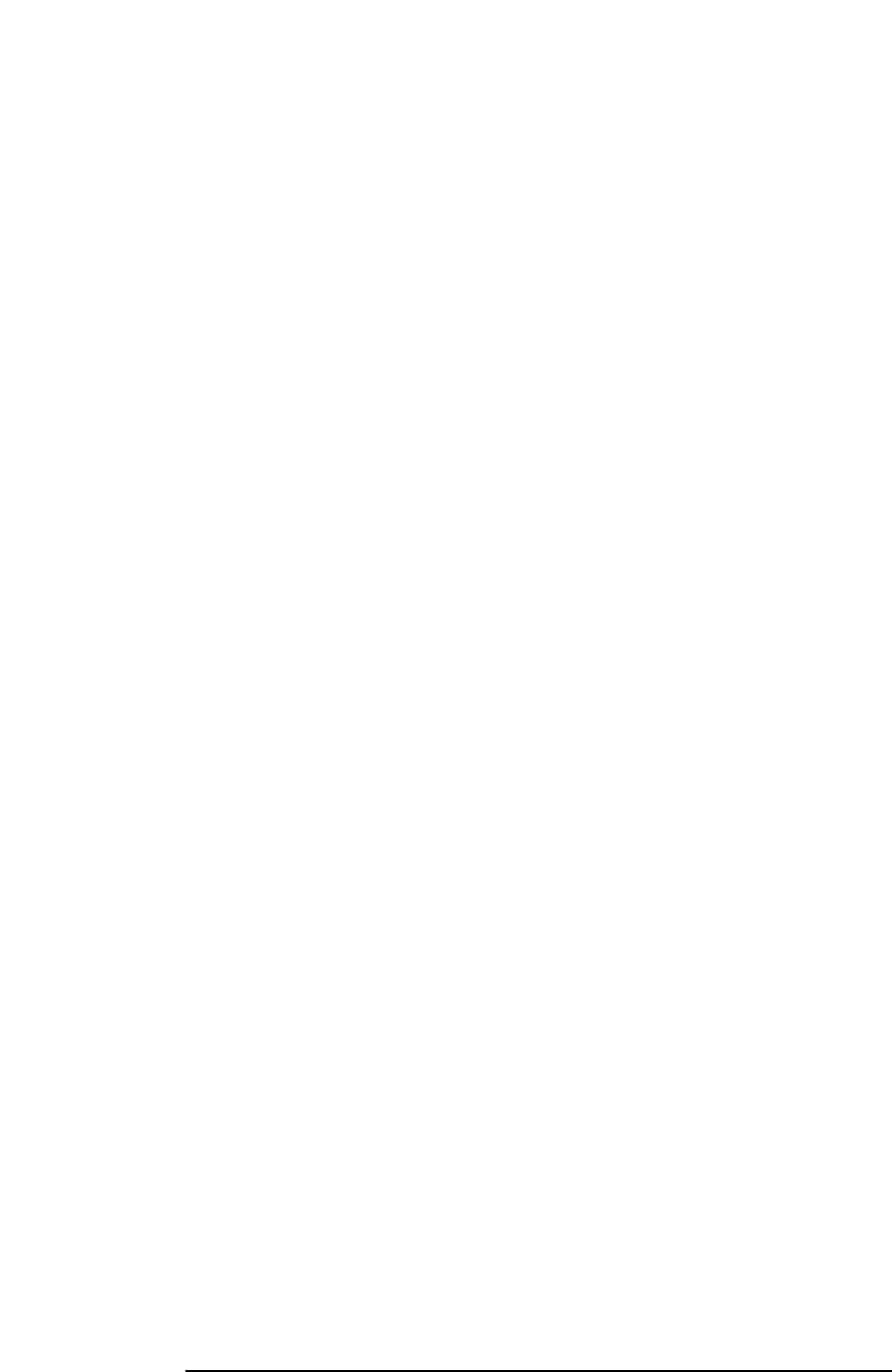
60 Chapter 1
Agilent EXA Signal Analyzer
Power Suite Measurements
n. 3GPP requires the use of a root-raised-cosine filter in evaluating the ACLR of a device. The
accuracy of the passband shape of the filter is not specified in standards, nor is any method of
evaluating that accuracy. This footnote discusses the performance of the filter in this instru-
ment. The effect of the RRC filter and the effect of the RBW used in the measurement interact.
The analyzer compensates the shape of the RRC filter to accommodate the RBW filter. The
effectiveness of this compensation is summarized in three ways:
− White noise in Adj Ch: The compensated RRC filter nominally has no errors if the adjacent
channel has a spectrum that is flat across its width.
− TOI−induced spectrum: If the spectrum is due to third−order intermodulation, it has a dis-
tinctive shape. The computed errors of the compensated filter are −0.001 dB for the 100 kHz
RBW used for UE testing with the IBW method. It is also −0.001 dB for the 390 kHz RBW
used with the Fast method, and 0.000 dB for the 27 kHz RBW filter used for BTS testing with
the Filtered IBW method. The worst error for RBWs between these extremes is 0.05 dB for a
330 kHz RBW filter.
− rms CW error: This error is a measure of the error in measuring a CW−like
spurious component. It is evaluated by computing the root of the mean of the square of the
power error across all frequencies within the adjacent channel. The computed rms error of the
compensated filter is 0.012 dB for the 100 kHz RBW used for UE testing with the IBW
method. It is 0.034 dB for the 390 kHz RBW used with the Fast method and 0.000 dB for the
27 kHz RBW filter used for BTS testing. The worst error for RBWs between 27 kHz and
470 kHz is 0.057 dB for a 430 kHz RBW filter-like spurious component. It is evaluated by
computing the root of the mean of the square of the power error across all frequencies within
the adjacent channel. The computed rms error of the compensated filter is 0.012 dB for the
100 kHz RBW used for UE testing with the IBW method. It is 0.034 dB for the 390 kHz RBW
used with the Fast method and 0.000 dB for the 27 kHz RBW filter used for BTS testing. The
worst error for RBWs between 27 kHz and 470 kHz is 0.057 dB for a 430 kHz RBW filter.



